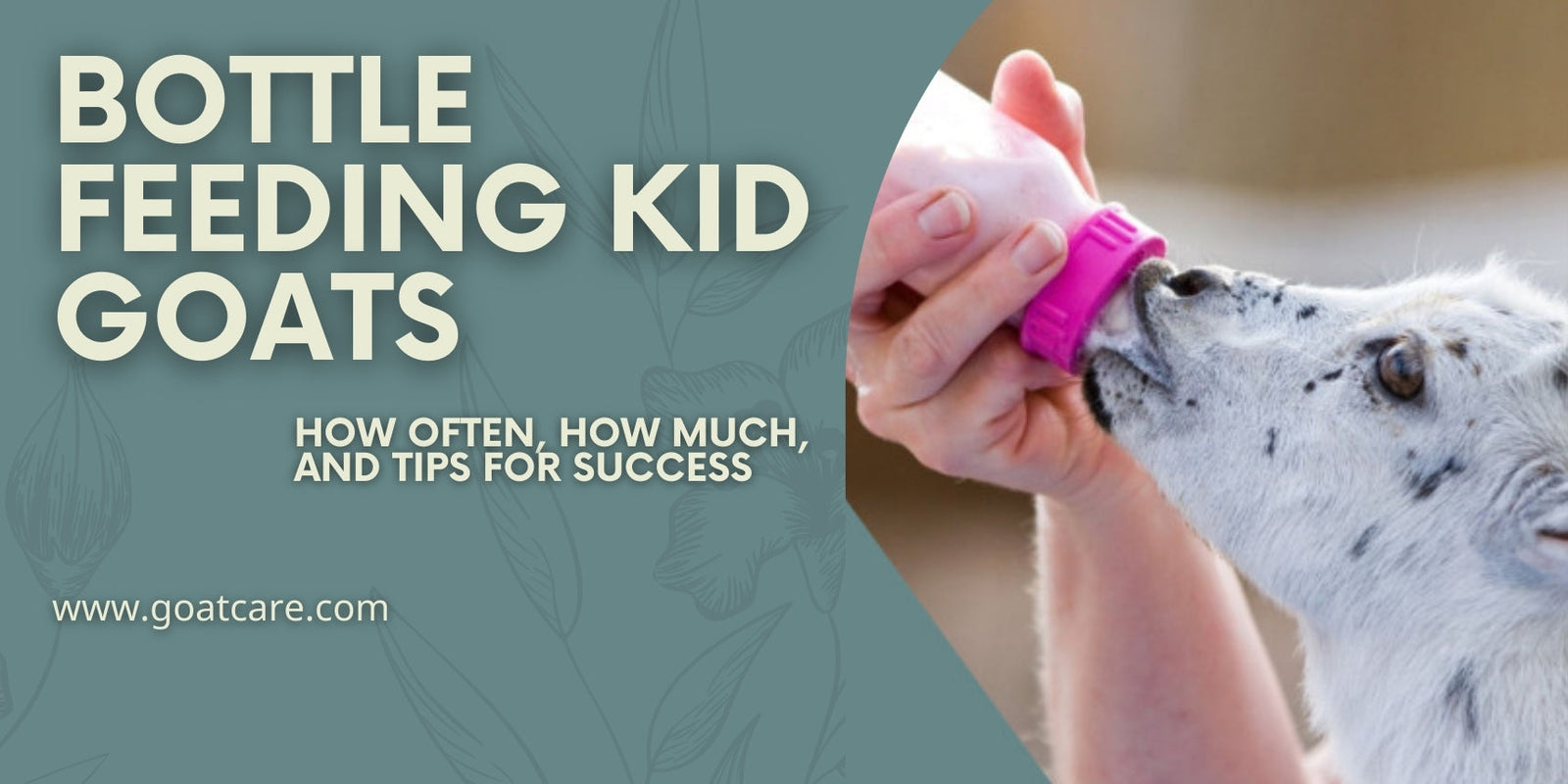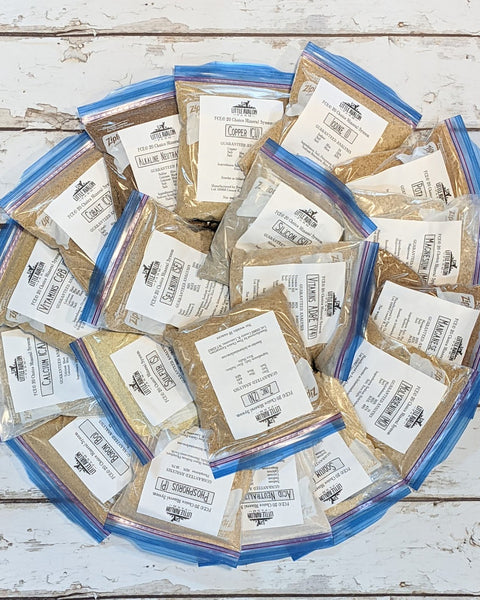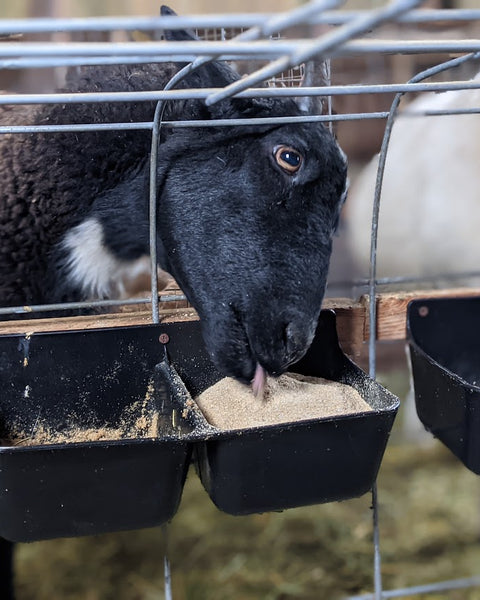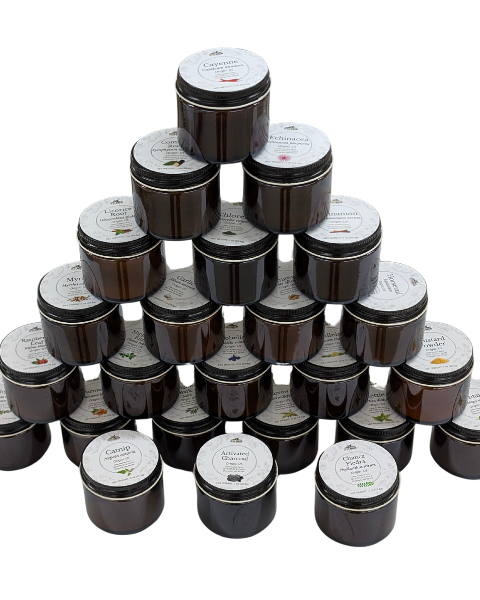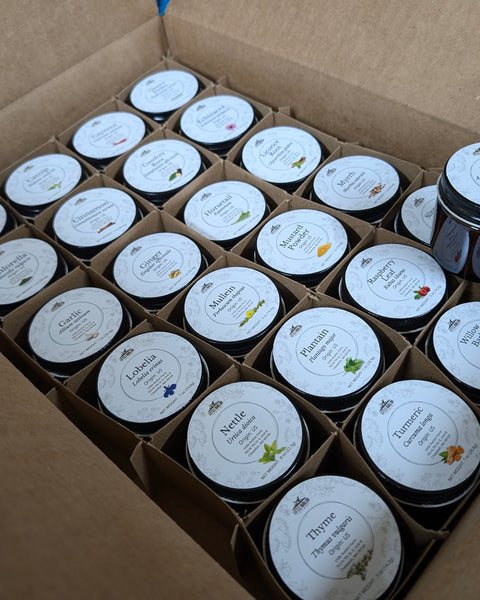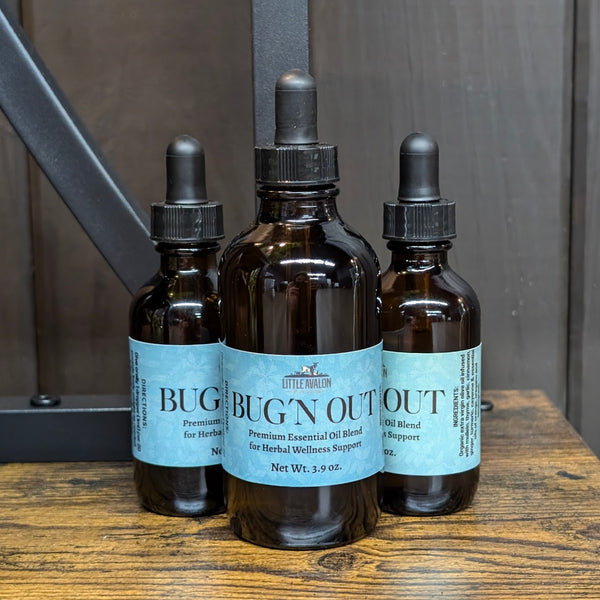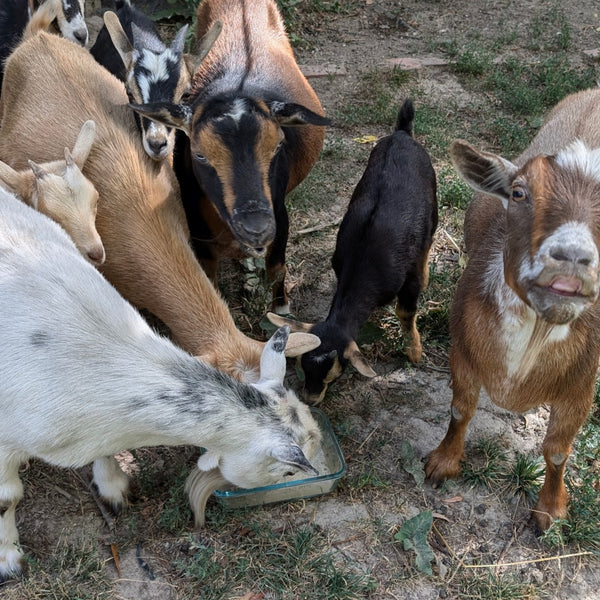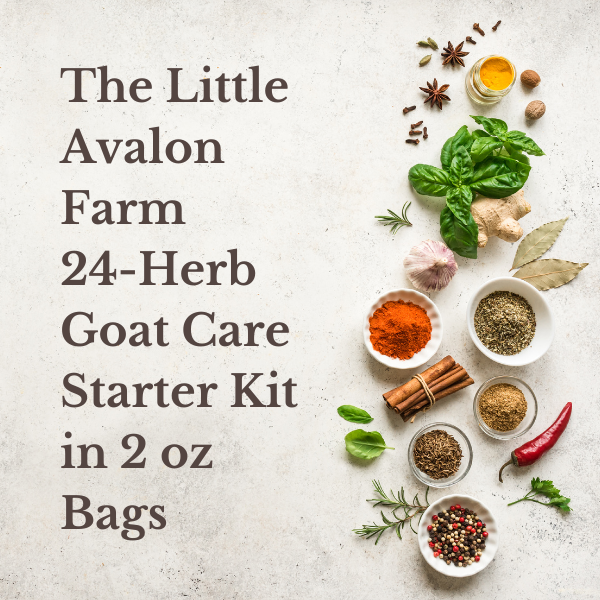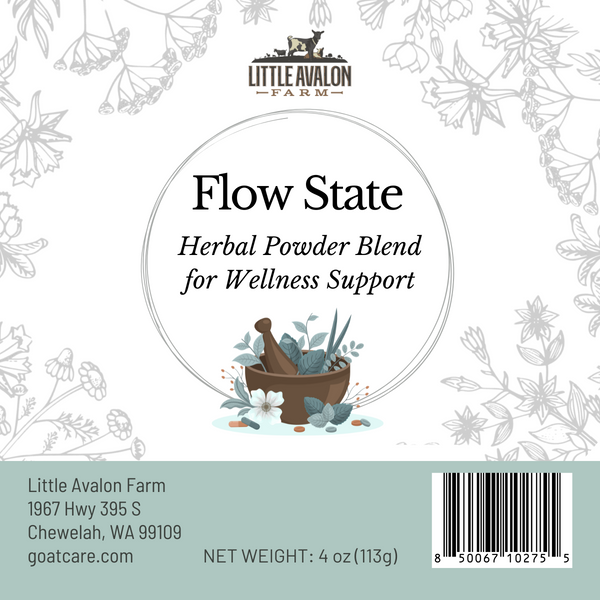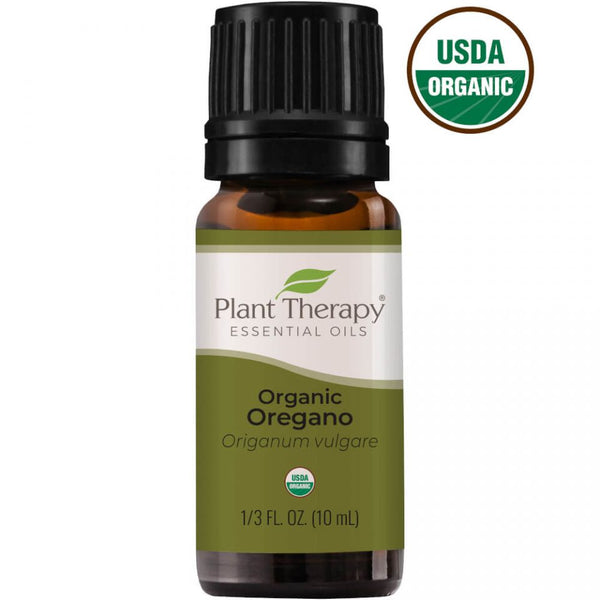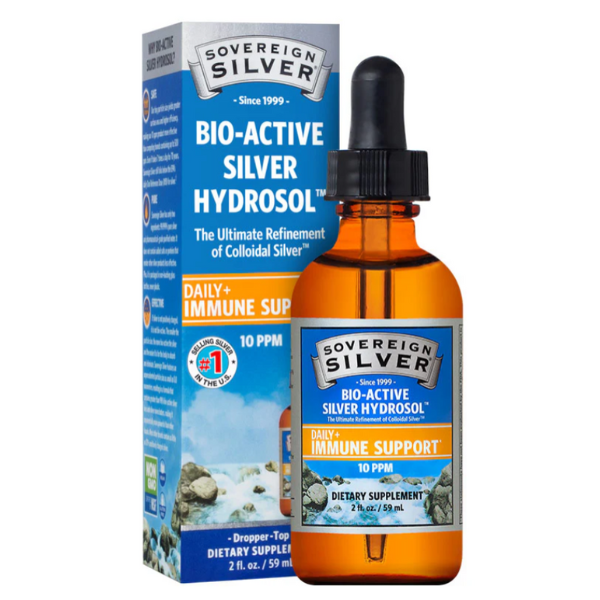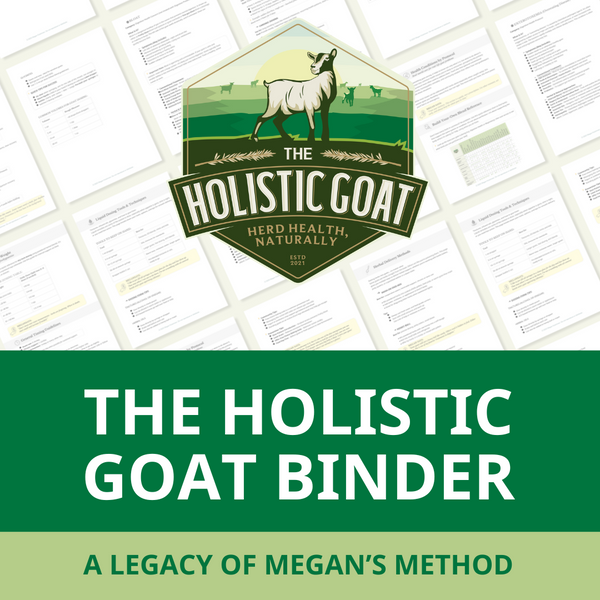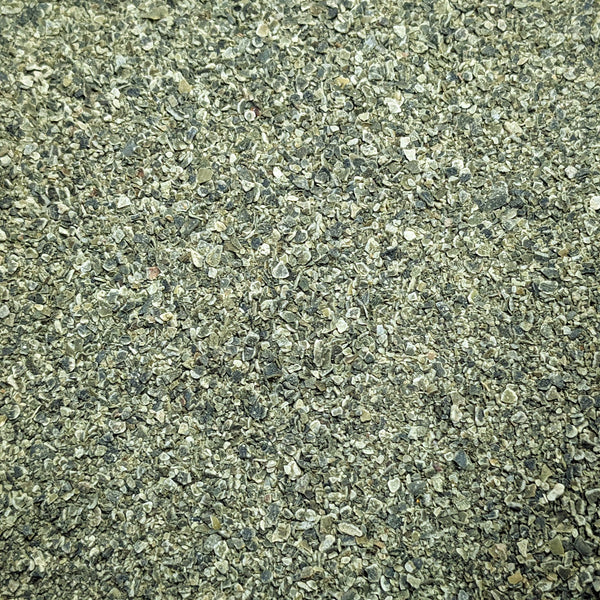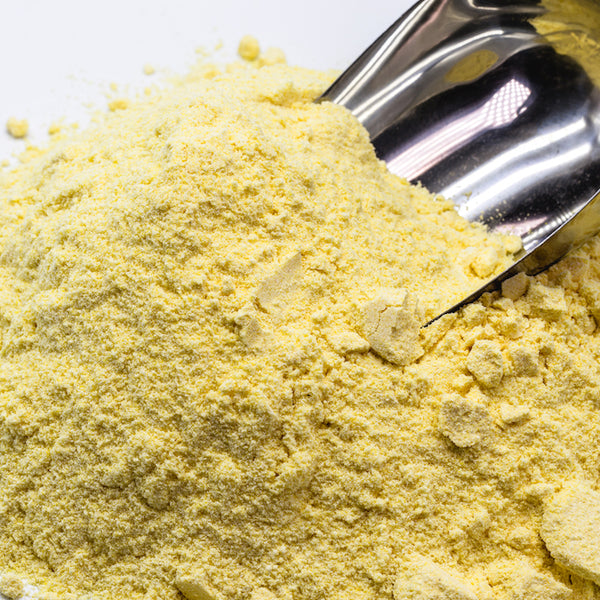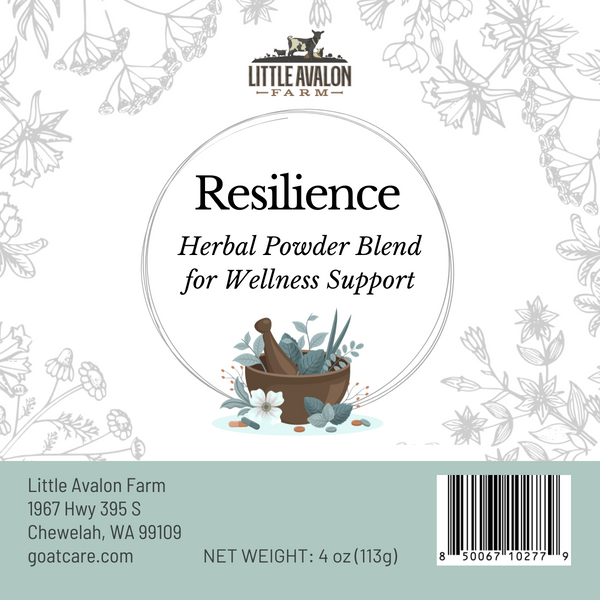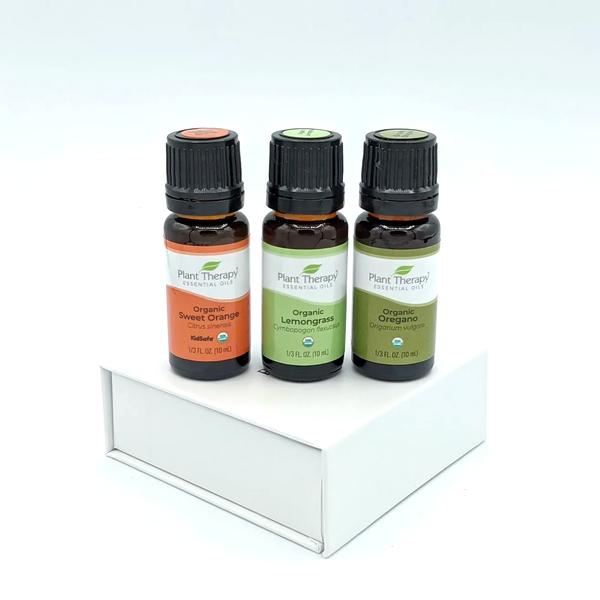Bottle feeding baby goats, also referred to as “kids”, can be a rewarding yet challenging task. Most commonly a dam that rejects her kid or may be overburdened with a large litter, or an unfortunate emergency may leave you with no choice but to bottle feed their kids. Some of you may choose to hand raise your goat kids just for the benefits of a stronger bond. Understanding the proper techniques and schedule for bottle feeding is critical to ensure your goats thrive. This guide will walk you through the essentials of how often and how much to feed, what supplies you'll need, and tips for troubleshooting common bottle-feeding challenges. By the end, you'll feel confident in providing the best care for your bottle-fed babies.
Why Bottle Feeding May Be Necessary
Emergencies and Dam Rejection
Sometimes, bottle feeding becomes essential due to circumstances beyond your control. Emergencies, like the sudden loss of a doe, can leave you as the sole provider for newborn kids. I found in our case our does have large litters, as many as five at a time, and it isn't uncommon that we end up with one or two (or three) per year that are put on the bottle. In these situations, stepping in with a bottle can make all the difference in the kid's survival. But when do you step in?
Kids will go 8 hours overnight without a bottle from day 1, so don’t feel like a kid is going to starve if there is some initial hesitancy from the Dam. I will let a healthy, but rejected kid, stay out with the herd in hopes the doe will accept them by the following day. It helps to separate the doe and her kids from the herd so she has nothing else to focus on, except in the case of an overly aggressive doe. In this case, separate her by herself and present kids during supervised visits to see if she has a change of heart. In those cases, begin bottle feeding immediately but continue to work with the doe to get her to accept her kid(s). I’ve seen does have a change of heart as long as 2-3 days after kidding, so don’t give up too quickly.
Choosing Between Dam Raising and Bottle Feeding
Dam raising is often simpler and better for kids as the doe takes care of her kids naturally. This is definitely our preferred method. However, bottle feeding allows you to control the kids' diet and fosters strong human interaction, making the goats friendlier and easier to handle as they grow. Each method has its benefits, and your choice will depend on your goals and circumstances. We always recommend encouraging does to raise their kids with as much human interaction as possible for the best of both worlds.
Importance of Colostrum in the First 48 Hours
Colostrum, the first milk a doe produces, is vital for newborns as it provides essential antibodies and nutrients that boost their immunity. To save up some reserves, I like to milk the excess colostrum after her kids are satisfied and freeze them into ice trays. These make some perfectly sized portions for future kids in need.
If dam-raised colostrum isn’t available, you can use a colostrum replacer. In this situation when natural doe’s colostrum is not available, I recommend Colostrx LK because it contains the whole colostrum. Using their simple chart to mix makes it a breeze to mix. Ensuring your baby goat receives colostrum within its first 24 hours is one of the most crucial steps in bottle feeding.
Supplies You’ll Need for Bottle Feeding
Recommended Bottles and Nipples
We use pull-on lamb/kid nipples over the Pritchard style bottles, as our kids prefer them. Both styles are designed for soda bottles, but they work best with glass bottles—my husband kindly buys a 6-pack of beer each year just so I can use the empties! :D Be sure to cut a larger "x" in the nipple with scissors. These nipples have always worked, even for older kids new to bottle feeding.
Choosing the Right Milk or Milk Replacer
Whenever possible, feed your kids natural goat milk, whether from their dam or another goat, as it is the most nutritionally balanced option for their growth and development. However, if this isn’t available, goat-specific milk replacers are an excellent alternative, as is whole cow milk from the grocery store. The Sav-A-Kid Milk Replacer is formulated to meet the unique protein, fat, and mineral requirements of goat kids.
Warming Milk
My approach that has served me well is to heat the milk directly in a stove top pot or pan on medium low. Being very careful not to overheat the milk, I will warm it to be very warm to the touch of a finger (roughly 100℉) then carefully fill bottles. Avoid microwaving milk as it destroys beneficial enzymes crucial for the kid's digestion.
How Often Should You Bottle Feed a Baby Goat?
Except in the case of sick or frail newborns, you can bottle feed baby goats only during daylight hours and rest at night, going no longer than 8 hours in the first week.
Feeding Frequency by Age
-
Newborn to 2 Week: Feed every 2-4 hours
-
3 to 4 Weeks: Feed every 4 hours. Gradually reduce to 3 feedings if eating well on hay in week 4.
-
5 to 6 Weeks: Feed 3 times per day 8a, 2p, 8p. Reduce to 2 feedings if babies’ growth is strong.
-
7-10 Weeks: Reduce to 1 bottle a day, then slowly wean to full hay/grazing in week 10.
-
Weaning: If they are eating solid foods well and growing at the same rate as their dam raised siblings, you can confidently wean them to solid food only.
* This is the minimum age to wean a kid from bottle feeding. If you have the milk and the inclination to continue bottle feeding, you can bottle feed the first several months. Every kid is unique and their growth will be different. Use your best judgment on adjusting this feeding schedule.
How Much Milk Does a Baby Goat Need?
Feeding Guidelines by Weight
With such variation in size of young kids, it is important to go by how the kid responds, not just the number of ounces. I’ve had some eating 6 ounces and being satisfied while others eat twice that and could still use more. Know your kids! A full belly can be judged with a gently squeeze post feed. It should be firm, but not tight.
Kids will generally not continue to feed beyond satiety. A general rule is to feed baby goats approximately 10% of their body weight for the first 24 hrs. For instance, a 10-pound kid would need about 16 ounces of milk per day, divided into multiple feedings. This is just a rule of thumb, I have noticed that I go a little above this for the first few weeks and creep up closer to this 10% value towards 6-8 weeks.
Avoiding Overfeeding and Its Risks
Overfeeding can lead to diarrhea, floppy kid syndrome and enterotoxemia, which is often fatal.. This is just as dangerous as underfeeding. Always prioritize smaller, frequent feedings over large amounts in one sitting. Remember to gauge your feeding amounts by how firm the belly feels, how the kid acts and how well he or she is growing..
How to Bottle Feed Baby Goats
Step-by-Step Process for Feeding
-
Warm the milk to approximately 100°F. Being careful not to burn it, a stove top pot on medium low can be used to heat the milk to be warm to the touch of a finger.
-
Position the goat comfortably, either on your lap or standing naturally.
-
Gently open the kid's mouth and insert the nipple.
-
Hold the bottle at an angle that mimics the dam's teat.
-
Feed until kid pulls away and never try to force a kid to take the bottle if it is disinterested.
Proper Bottle Positioning
Ensure the bottle is angled downward, allowing the milk to flow naturally while preventing air intake, which could cause discomfort or colic.
Tips for Getting a Baby Goat to Take a Bottle
Some kids may resist initially. Be patient, and try different nipples or positions. A goat kid’s eyes will naturally become covered under the dam when nursing, try putting a light towel or your hand to slightly cover their eyes. This mimicking of a natural nursing environment can help encourage a kid to accept a bottle.
Troubleshooting Common Bottle-Feeding Challenges
What to Do if the Kid Won’t Take the Bottle
Experiment with different nipples or feeding positions. Try smaller amounts of milk more frequently to build the kid’s trust and confidence. Also, try covering the goat kid’s eyes to mimic how their vision would be if nursing from a doe.
Handling Overfeeding, Diarrhea, or Digestive Issues
If diarrhea occurs, only reduce milk portions if using whole goat milk.
If using a milk replacer product, increase water ratio for rehydration and add 1-3 teaspoons of plain yogurt or kefir for probiotics.
Adjusting Nipples and Feeding Positions
Ensure the nipple flow is neither too fast nor too slow, and adjust the feeding position to mimic natural nursing.
Final Tips for Successful Bottle Feeding
Patience and Persistence
Bottle feeding can be challenging, especially with reluctant kids. Stay calm, persistent, and adaptable to their needs. Monitor the goat’s growth and weigh the kid weekly to ensure steady growth. Compare their growth to their siblings if possible. Observe their activity levels and stool consistency to catch potential problems early. Remember, create a positive environment for the kid, keep feeding sessions relaxed and nurturing to help the goat feel secure and bond with you.
Conclusion
Bottle feeding baby goats is a labor of love that requires consistency, patience, and attention to detail. By following these guidelines, you can provide the nutrition and care your kids need to thrive. Whether you're facing an emergency or choosing to hand-raise your goats, know that each bottle-feeding session is an investment in their health and happiness. You've got this!
